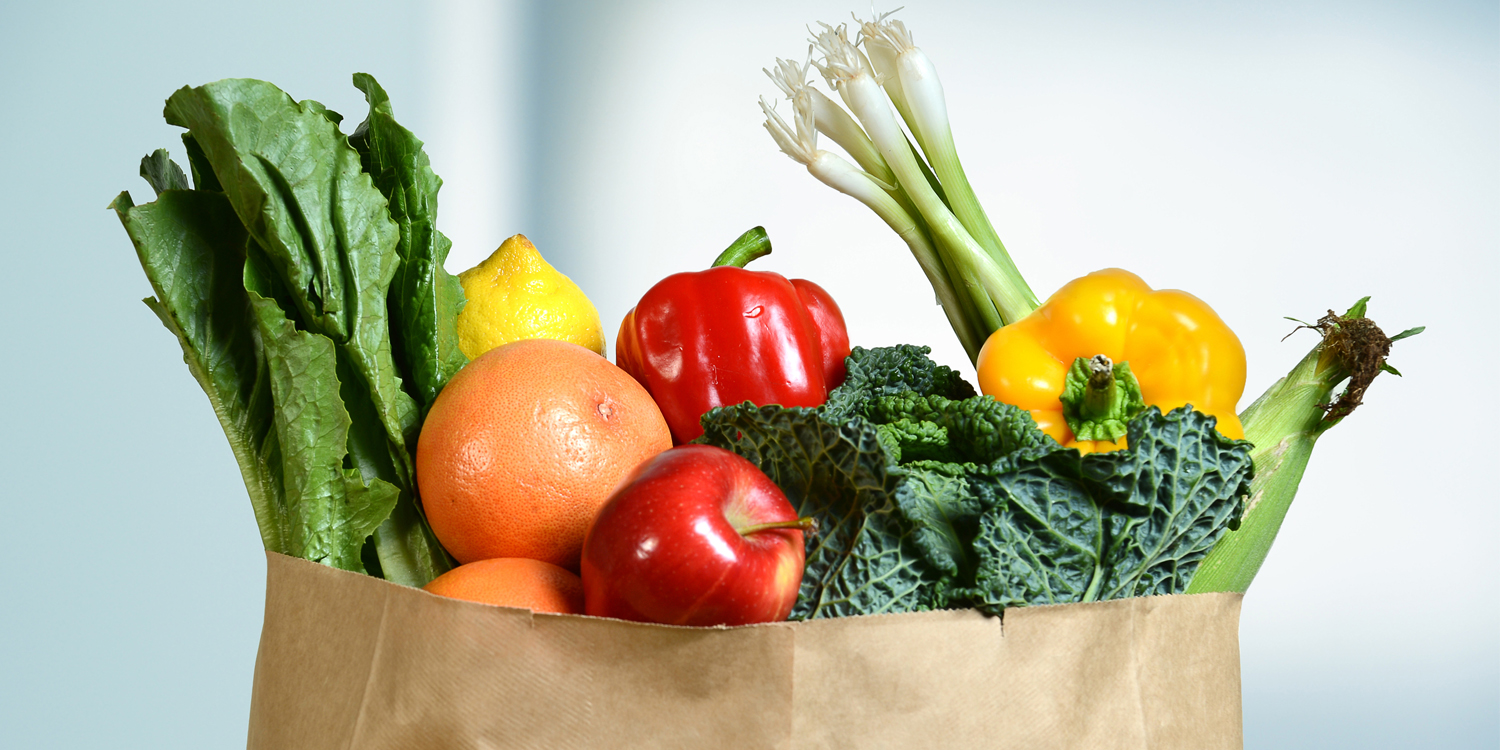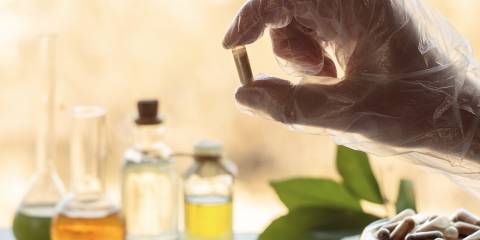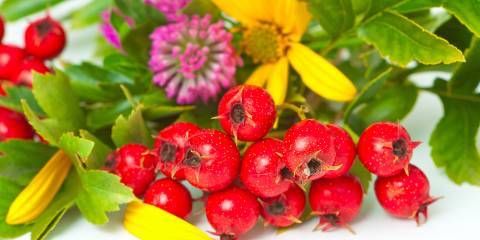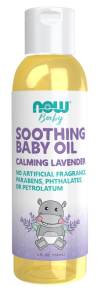The answer, when possible, is both.
But how do you know if that local tomato has been grown organically? And how do you know if the organic one has spent the past week on a truck?
Key Questions
I’m always amazed by the variety of tomatoes in our local farmers’ market. Red, yellow, orange; tiny, huge, misshapen; heirloom or one-of-a-kind. When I ask the farmers if the tomatoes are organic, the answer is almost always the same: “They’re better than that.”
What that means is that—while not certified organic—the local produce is grown in an environmentally friendly and sustainable fashion. Gaining certification is expensive and tedious, and many small farmers can’t afford to go through the process. But they assure me that their standards are at least as rigorous as what the USDA requires.
So it’s up to me to trust that they’re telling the truth. Don’t be afraid to ask. Farmers who are practicing sound stewardship are usually happy to brag a little. The pride they take in their crops is apparent. Ask them how it was farmed, when it was picked, why it tastes better. Produce at a local farmstand or farmers’ market has often been picked less than 24 hours before you buy it, and it’s been harvested at its peak of flavor and nutritional value. But there’s also a chance that it’s coated with chemicals. So find out.
In the market, a USDA Organic label provides assurance that the fruits and vegetables are virtually free of synthetic and toxic fertilizers, pesticides, and other chemicals. They haven’t been grown from genetically modified seeds, and nothing has been irradiated. But the tomatoes on the shelf may have been grown a continent away and trucked to the local store at great cost. I still prefer the distant organic one to a pesticide-laden one grown closer to home, but neither is doing much good for the planet.
Eat Seasonally
I live in a cold-weather state, so most local produce is only available for half the year at best. Buying organic strawberries in January is expensive, and they don’t tend to taste very good anyway. So I wait until May for local ones, and rely on other fruits in the winter. There aren’t any tangerines or pineapples growing in New England anyway, so even in mid-summer I’ll be relying on some fruit that’s been shipped a great distance. Whenever possible, I’ll choose local produce, but variety is a nice thing too.
So for most of us, the “organic or local” question requires research and a bit of compromise. Buying locally grown produce cuts down on the use of fuel, supports the local economy, and—if the food is grown in an organic manner—is far better for the environment. But making a Certified Organic choice is the right option when “local and organic” isn’t available.




